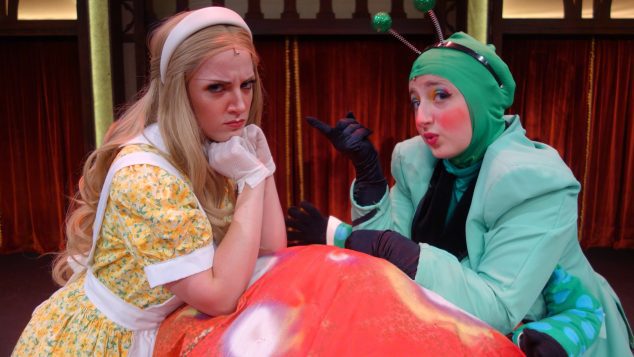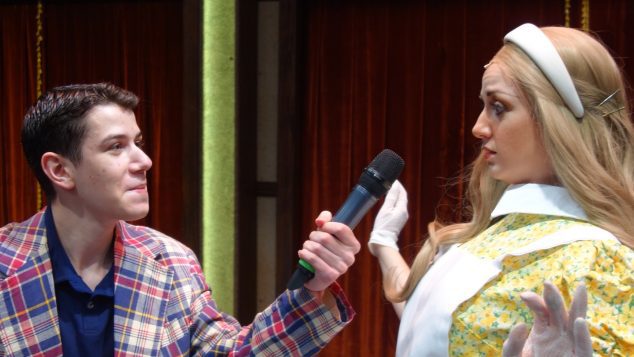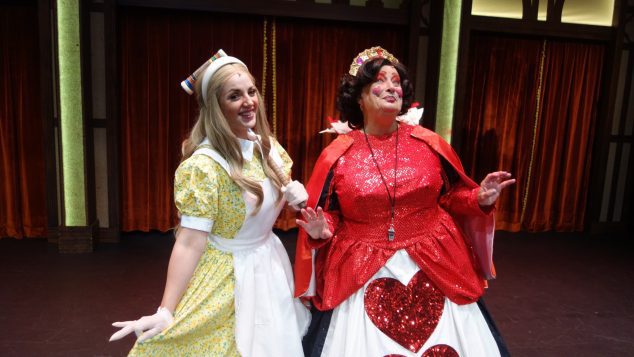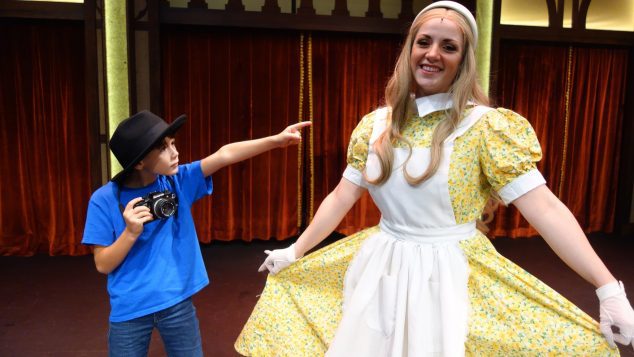Reviewed by Jeffrey Sanzel
In K.M. Messina’s debut novel, Gemja: The Message, the author presents an engaging blend of science fiction and fantasy, combined neatly with a dose of romance and shades of New Age. With Resa Stone, she offers an honest, smart, and insightful protagonist. The book spans three worlds as well as ventures into dream states and astral projection. All the elements fuse to create a compelling, fast-paced read.

Gemja takes place in an alternate present. “Five years ago, an alien culture had presented itself on Earth, changing everything humans knew and thought they knew about the universe. Besides Earth, there were twenty-five other known planets in the cosmos that harbored sentient life, and alien technology had made interstellar travel among these civilizations simple and quick.” Resa’s father, a former chief of police, was the first person on Earth to make contact with alien life. The Stones became part of the “Worlds Meeting Worlds” experiment, a function of the Interplanetary Peace League (IPPL), which is central to the action. The family was one of a few chosen to live for six months on a foreign planet.
As the story opens, Resa, her parents, and her twin brother, rebel-want-to-be Dakota, have lived under the tangerine sky of Wandelsta for three months. Resa, a witch-in-training, is a wonderful contradiction in terms—in short, a true teenager: “I was a logical, straight-A science geek, yet I believed in magic and ghosts. I would take the time to stop and help a turtle safely cross the road, but then I’d rush home to join my brother in watching a UFC fighting match where guys in a cage pounded each other to a pulp for sport.” Both spiritual and one hundred percent American youth, Resa struggles with day-to-day existence on the crimson-sanded Wandelsta that serves as an interplanetary garbage dump, with spaceships leaving tons of waste for disposal. The strange atmosphere shifts daily into a dangerous, polluted, and tangible “toxia.”
Resa spends her day drawing and writing in a journal to be published upon her return. At night, a dream vision, Nitika, tells her, “You are the one,” and there is something she must retrieve. In addition, she meets a strange young man with violet eyes to whom she finds an immediate attraction. Later in the story, this enigmatic figure becomes important in Resa’s journey.
Incidents send the family back to Earth early. They return to Mount Desert Island, Maine, greeted as celebrities. Resa learns of a deeper connection to her Wiccan grandmother, now suffering from dementia. The mystery surrounding her grandmother informs a great deal of the supernatural aspects. In the magic world of the novel, “a spell was a prayer said with intent, and earthy objects like wood and stones have the energy to give life to your most far-fetched wishes.”
From there, Resa, her friend Sarah, and Dakota travel to the Academy in Oganwandok, the universe’s capital, to engage in secret studies. The Academy trains young people to “become the future leaders, peacekeepers, and advocates for change across the cosmos.”
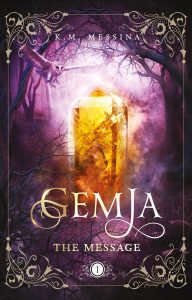 The driving force of the novel’s mythological foundation is the titular legend of Gemja, explaining the origin of the universe. The crystals of Gemja contain extraordinary powers, one of which comes into Resa’s possession. The unification of the crystals will no doubt be central to subsequent books. “… If all the crystals are found and activated, space will warp to reveal Gemja, a glorious crystalline planet where our every wish comes true.”
The driving force of the novel’s mythological foundation is the titular legend of Gemja, explaining the origin of the universe. The crystals of Gemja contain extraordinary powers, one of which comes into Resa’s possession. The unification of the crystals will no doubt be central to subsequent books. “… If all the crystals are found and activated, space will warp to reveal Gemja, a glorious crystalline planet where our every wish comes true.”
The author expertly weaves exposition and character, smartly painting a picture of a family dealing with a unique situation. Messina is a gifted world-builder, introducing a range of species: the rodent-like Slopees, the kind, well-meaning, and generous indigenous population of Wandelsta; the charming plant-like Yrdians from the rain-deprived Yrd; and the docile pacifists, the Ploompies of Glucosa, a sugar-based planet, under attack by the insectoid Siafu.
One of the book’s most memorable and affecting elements deals with the Stones’ homecoming, where life is now somehow more alien. Messina makes a profound and pointed statement about the ugliness of immigrant paranoia in several incidents in their brief time back on Earth.
Gemja is rich in adventure, humor, and humanity, balancing its reality with the fantastical. From first to last, the novel will delight readers of all ages, a gateway to a unique world that promises to grow with each welcomed addition to the series.
Gemja: The Message is available at www.amazon.com. Visit the author’s website at www.kmessina.com.

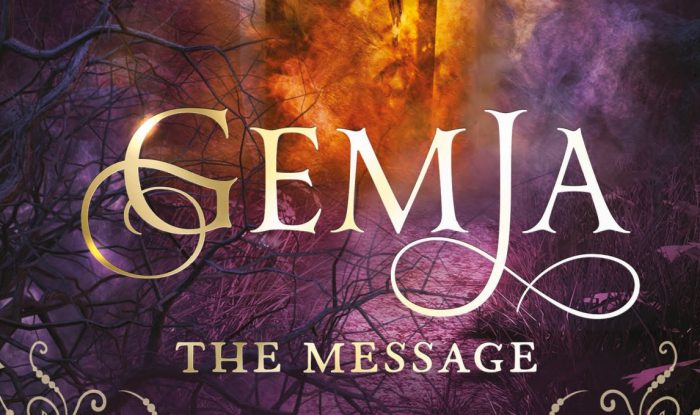









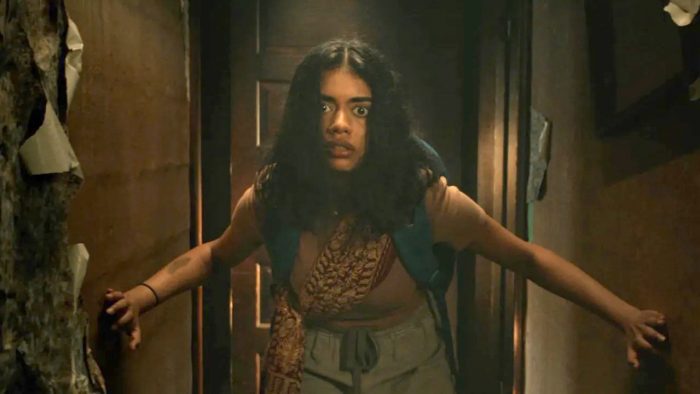

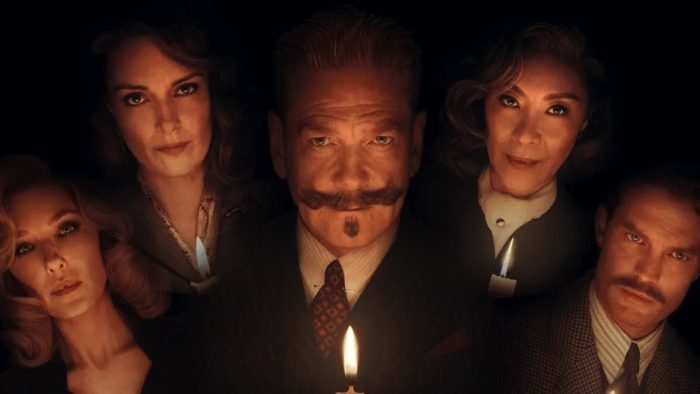


















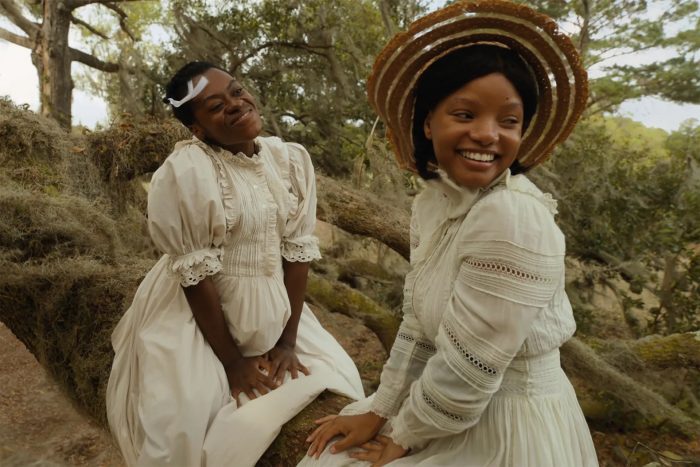
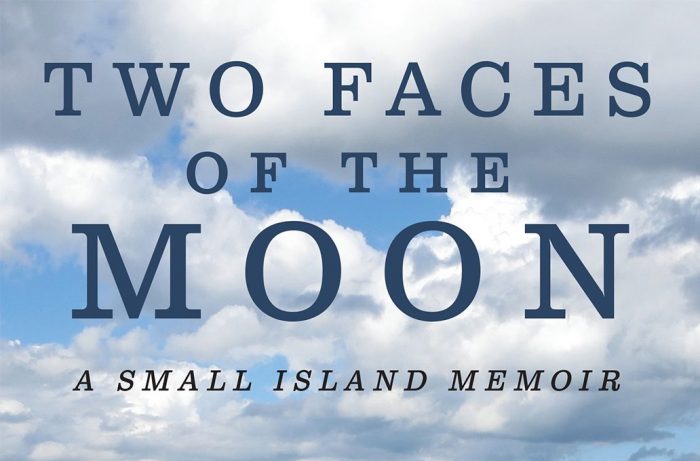

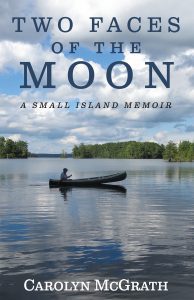 While the book delves into the history of the island, the house, and the lake, Two Faces of the Moon is, first and foremost, a tale of family. McGrath’s vivid, distinctly raw prose recalls the opening line of Tolstoy’s Anna Karenina: “Happy families are all alike; every unhappy family is unhappy in its own way.” She alternates between the 2001 narrative in present tense and musings on her parents’ lives. The intersection creates friction that leads to constant sparks of insight.
While the book delves into the history of the island, the house, and the lake, Two Faces of the Moon is, first and foremost, a tale of family. McGrath’s vivid, distinctly raw prose recalls the opening line of Tolstoy’s Anna Karenina: “Happy families are all alike; every unhappy family is unhappy in its own way.” She alternates between the 2001 narrative in present tense and musings on her parents’ lives. The intersection creates friction that leads to constant sparks of insight.








